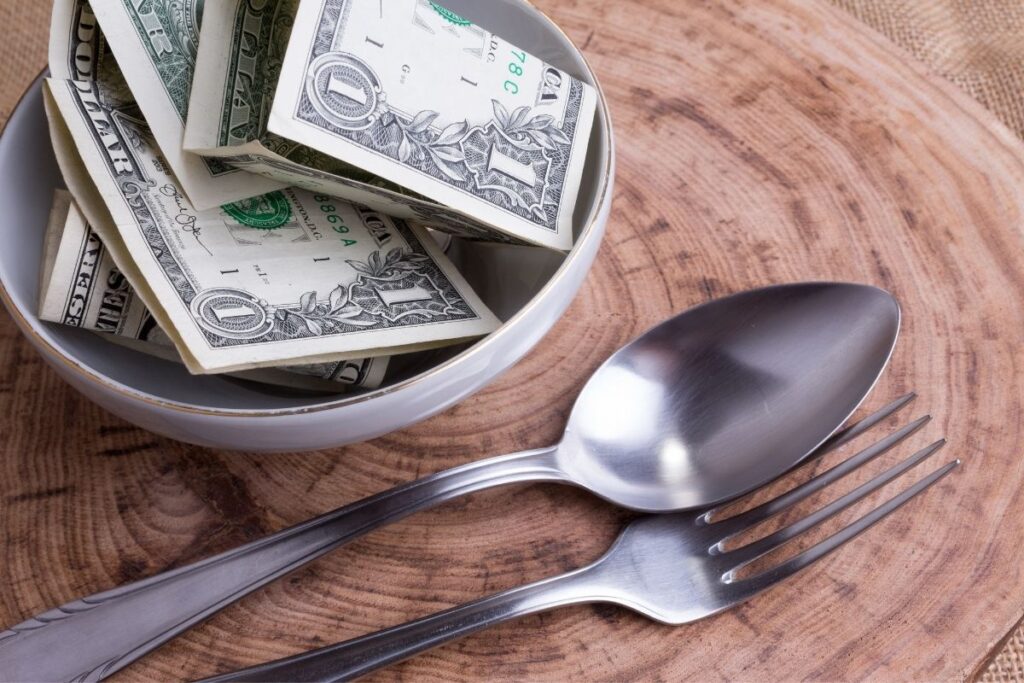
When you think of saving money, what comes to mind? For many, it’s the iconic image of a piggy bank—a cheerful ceramic pig with a slot for coins on its back. But why pigs? The association between pigs and saving might seem odd at first glance. To unravel this mystery, we’ll dive into the quirky history of piggy banks and uncover the reasons behind their peculiar design.
Contents
The Origins of Piggy Banks
The piggy bank’s story begins not with pigs, but with clay. In the Middle Ages, people in Europe stored their money in simple jars made from a cheap orange clay called “pygg.” This wasn’t a pig at all but merely a material used for household items like pots and jars.
Since most people didn’t have access to formal banks, they would place coins in these clay containers, which were often sealed and needed to be broken to retrieve the money. Over time, the term “pygg jar” became synonymous with money storage.
A Case of Lost in Translation
Fast forward to the 18th century. As the English language evolved, the word “pygg” (the clay) began to sound like “pig” (the animal). Some clever potters in Europe may have decided to play on this homophone, creating jars shaped like pigs as a whimsical nod to the wordplay. These pig-shaped containers became popular, combining practicality with charm.
Why Pigs?
Even beyond the linguistic coincidence, pigs make sense symbolically:
- Agricultural Wealth: Pigs have long been associated with prosperity and abundance in farming communities. A fat pig symbolized wealth and sustenance.
- Saving for the Future: Pigs are also seen as animals that store resources, much like saving money for a rainy day.
- Cultural Appeal: Pigs are universally recognizable and often depicted as cheerful and approachable, making them ideal for a tool aimed at children.
The Modern Piggy Bank
The piggy bank became a global icon by the 19th century, spreading to different countries and cultures. Over time, the design evolved to include fun colors, playful shapes, and even digital versions. Despite its evolution, the pig shape remains a favorite, representing the tradition of saving with a touch of whimsy.
Fun Piggy Bank Facts
- Smashing for Cash: Traditional piggy banks were designed to be broken to retrieve money, symbolizing the seriousness of spending savings. Today, most come with removable stoppers for convenience.
- Different Cultures, Different Shapes: While pigs are popular in many places, some cultures use other animals or designs. For example, in Japan, lucky cats or frogs are common money-saving symbols.
- World’s Largest Piggy Bank: The largest piggy bank in the world, according to Guinness World Records, is a massive 10-foot-tall steel pig located in Germany.
The Piggy Bank’s Enduring Charm
The piggy bank continues to be a beloved symbol of saving money, especially for children. Its playful design encourages financial responsibility in a way that’s fun and accessible. Whether you’re filling your piggy with spare change or using a digital piggy bank app, the humble piggy bank remains a quirky and enduring icon of financial wisdom.
So, the next time you drop a coin into your piggy bank, remember: it’s not just about saving—it’s a nod to centuries of history, culture, and a little bit of linguistic luck!
- Teen Money Management Activities Made Simple - February 18, 2025
- Mortgage Recasting Explained: Is It Right for You? - February 18, 2025
- How To Make Money On Depop: A Beginner’s Guide - February 18, 2025





